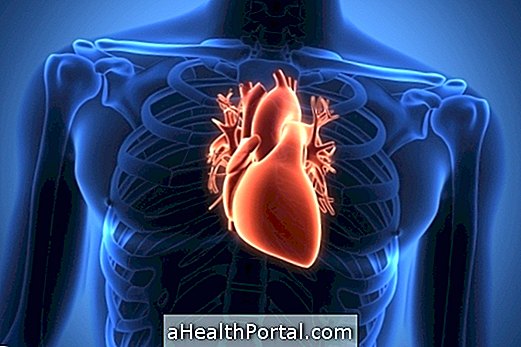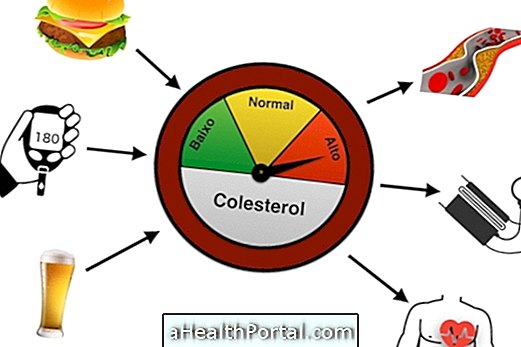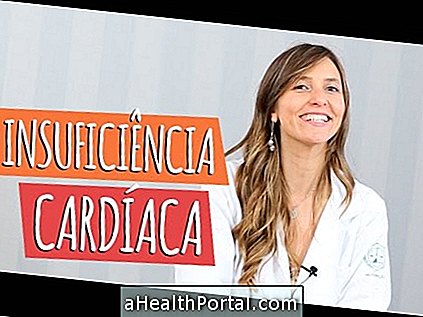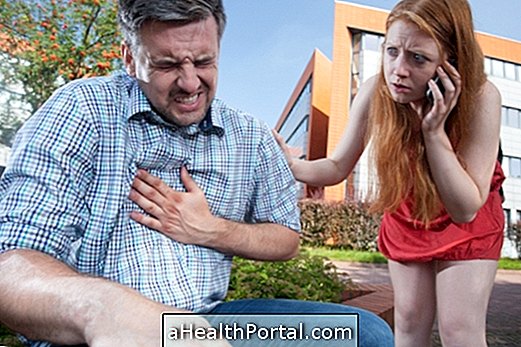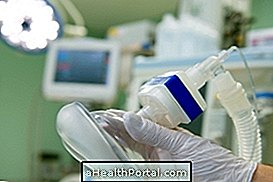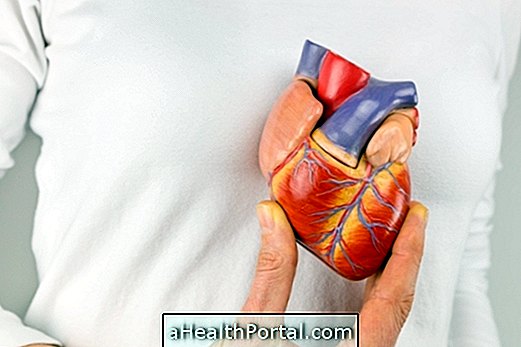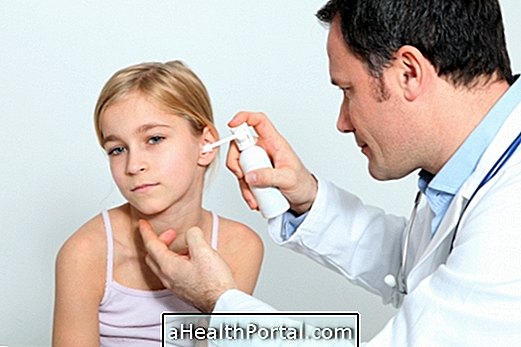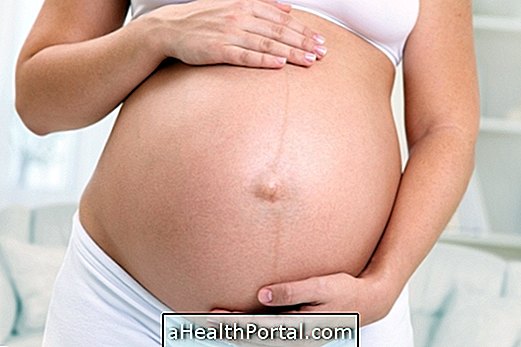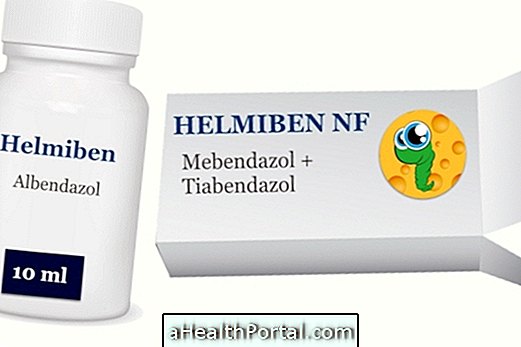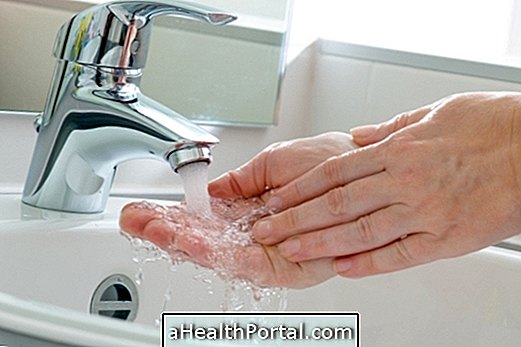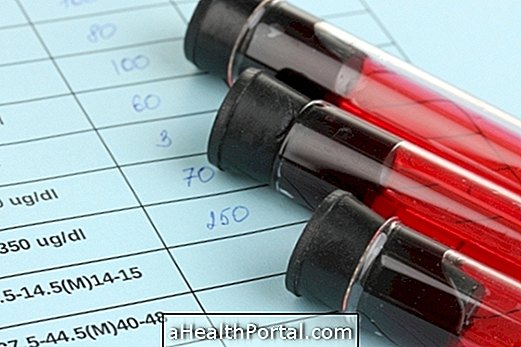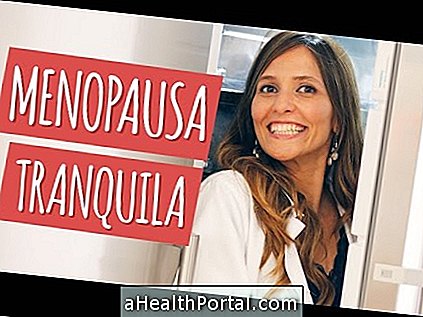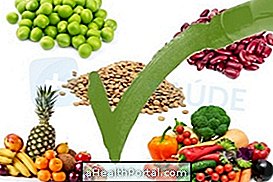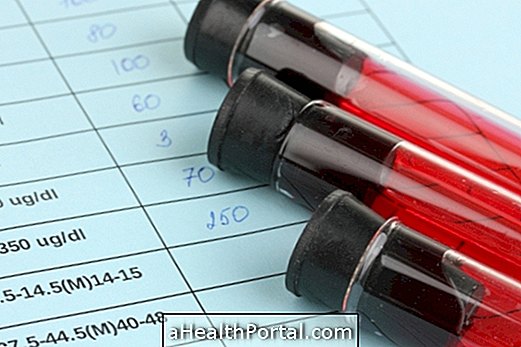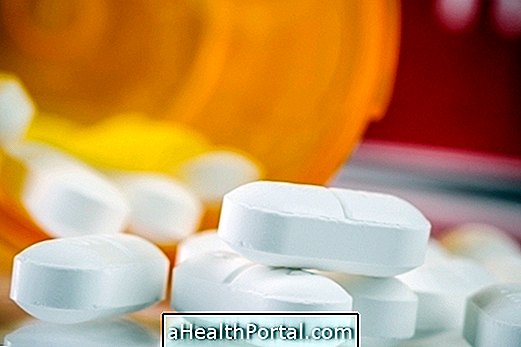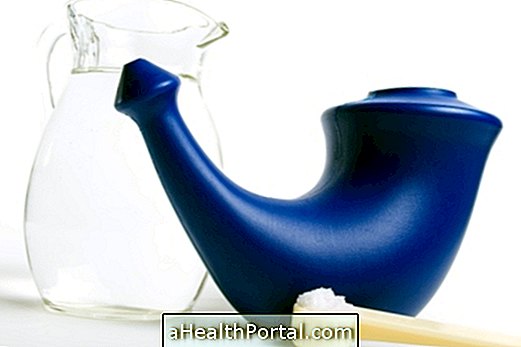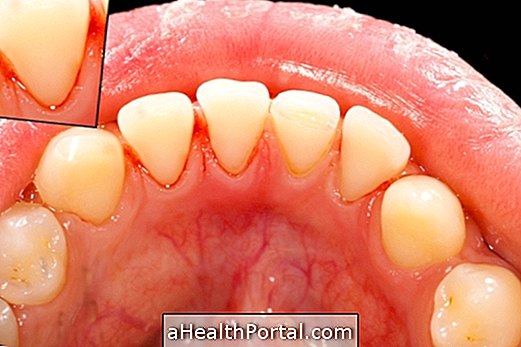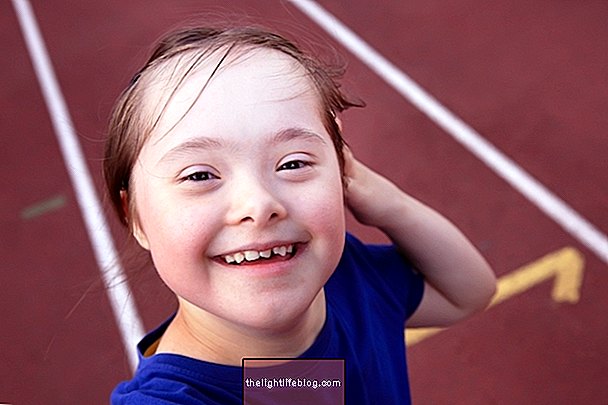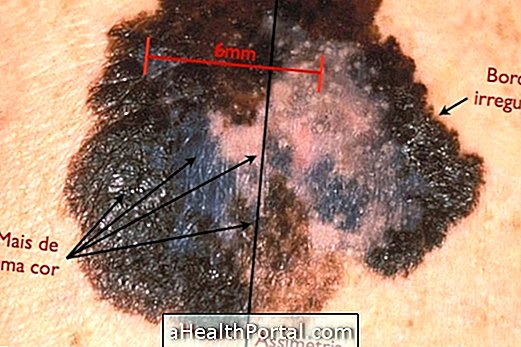Hypertension in the elderly should be controlled whenever it is detected, since high blood pressure is an important risk factor for developing cardiovascular diseases, such as heart attack and stroke. Contrary to popular belief, high blood pressure often causes no symptoms, and acts silently in the body predisposing to complications.
It is common for pressure to increase with age, becoming more prevalent in the elderly, so the pressure is considered high when it reaches 150 x 90 mmHg, different from young adults, when it reaches 140 x 90 mmHg.
In spite of this, the elderly should not be neglected, and when the pressure already shows signs of increase, it is important to change habits such as salt reduction and physical activities, and when directed, use medications prescribed by the doctor, such as Enalapril or Losartan, for example.
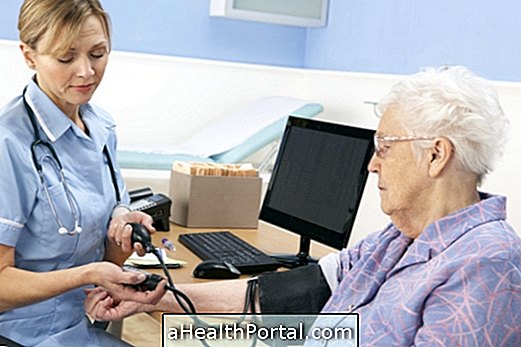
How to detect high blood pressure in the elderly
Normally, hypertension in the elderly does not cause symptoms, except when it is suddenly uncontrollable, and the diagnosis can be made by measuring the blood pressure in the conventional way by the nurse or doctor, being considered high when it reaches values equal to or greater than 150 x 90 mmHg.
However, when there are doubts about the time that increases or is really high, it is also possible to perform some diagnostic tests, such as HBPM or residential blood pressure monitoring, with several weekly measures at home or at the health clinic, or through the MAP, which is the ambulatory blood pressure monitoring, made by placing a device attached to the body for 2 to 3 days, doing various evaluations throughout the day.
Here's how to measure blood pressure correctly:

Why pressure is highest in the elderly
Some risk factors for hypertension in the elderly include:
- Age greater than 65 years;
- Family hypertension;
- Excess weight or obesity;
- Diabetes or high cholesterol and triglycerides;
- Consumption of alcoholic beverages and smoking.
Blood pressure tends to rise as age increases, as the body undergoes some changes, such as stiffness and microleadings in the walls of blood vessels, as well as changes in hormones in menopause and a greater impairment of the function of important organs such as heart and blood vessels. kidneys.
Therefore, it is very important to make the routine annual check-up appointments, with the general practitioner, geriatrician or cardiologist, so that changes are detected as early as possible.
Peculiarities in elderly hypertension
See the table below for the peculiarities of hypertension in the elderly:
| Young Adult | Old man | Elderly with diabetes | |
| Ideal pressure | <120 x 80 mmHg | <120 x 80 mmHg | <120 x 80mmHg |
| Prehypertensive | 120 x 80mmHg at 139 x 89mmHg | 120 x 80mmHg at 149 x 89mmHg | 120 x 80mmHg at 139 x 89mmHg |
| Hypertensive | > or = 140 x 90 mmHg | > or = 150 x 90 mmHg | > or = 140 x 90 mmHg |
The value of high blood pressure is slightly different in the elderly, because it is considered natural that the pressure is slightly higher in this period.
Thus, the ideal pressure for the elderly should be up to 120 x 80 mmHg, but it is considered acceptable up to 149 x 89 mmHg. However, the pressure should be controlled more rigorously and should be below 140 x 90 mmHg or 130 x 90 mmHg in the elderly who have other diseases, such as diabetes, kidney failure or heart disease.
How is the treatment done?
To treat high blood pressure in the elderly, it is necessary to make some changes in lifestyle, such as:
- Go to the doctor every 3 months to evaluate the effectiveness of the treatment;
- Reduction of weight in the case of excess weight;
- Decrease in alcohol consumption and stop smoking;
- Reduce salt intake and avoid high-fat foods such as sausages, snack foods and ready-to-eat foods;
- Practice aerobic physical activity at least 3 times a week. See which exercises are best for senior citizens;
- Consume foods rich in potassium, magnesium, calcium and fiber;
- Perform some relaxation technique, such as yoga or pilates.
Drug treatment is also performed, especially in cases where the pressure is too high or not sufficiently reduced with changes in lifestyle, made through the use of pressure-reducing drugs, and some examples include diuretics, calcium channel, angiotensin inhibitors and beta-blockers, for example. For more details on these remedies, see remedies for high blood pressure.
In addition, it is important to emphasize that the treatment for elderly hypertension should be done in a very careful and individualized way, especially for those who have other health problems such as heart disease, urinary incontinence and tendency to feel dizzy when getting up.
It is also advised to follow a diet rich in vegetables, even because some have active ingredients that can complement the treatment with medicines, such as garlic tea, orange or beetroot juice with passion fruit, for example, that improve circulation and are diuretics, helping to control the pressure. Check out some recipes for natural remedies for high blood pressure.
